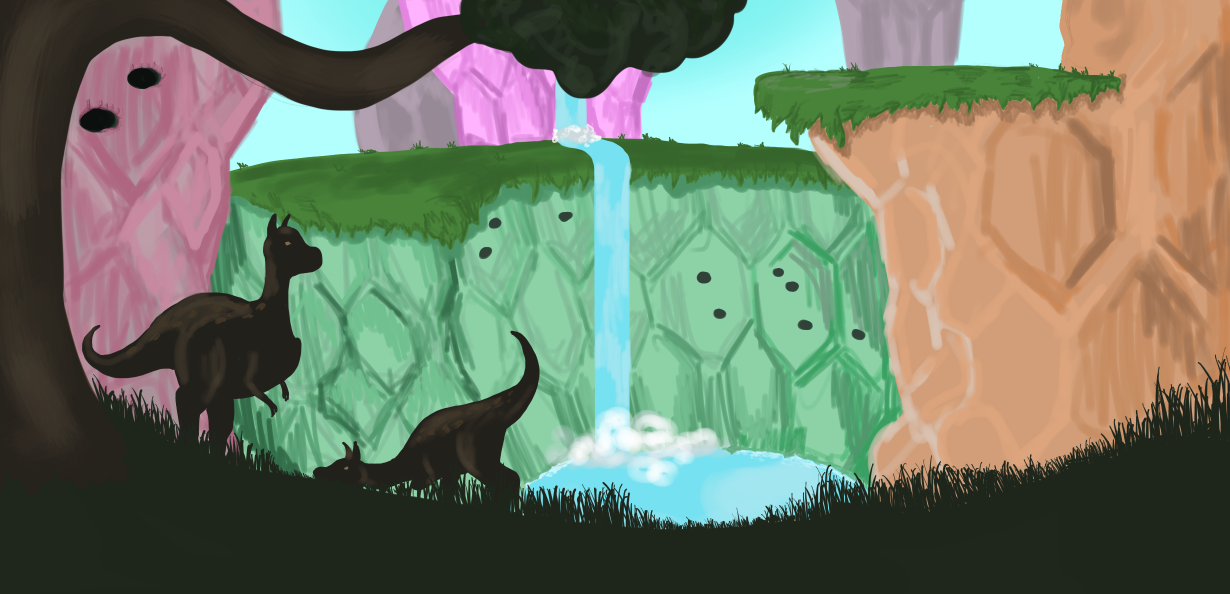Getera Disease
Symptoms
Children are generally asymptomatic and are instead carriers, but there are a number of visible symptoms in infected adults.Cause
GD is caused by geteras. These animals prefer warm areas, so the disease is limited to this desert and its surrounding tropical areas. Geteras are nocturnal insects, and to avoid predation they enter people's houses, where they detect the heat from cilvarthians and go to nestle up to them. Unfortunately, most cilvarthians wake up when this happens as geteras are particularly loud when they walk, and startle the beetles, causing them to bite.
After research conducted at the Aricos Medical University it was identified that male geteras carry the rulitia parasite that causes GD. This information led to more in depth research on geteras and GD, and have resulted in several research papers that have circulated the towns and deserts, changing some people's views on these once feared insects. Not everybody's minds had been changed by said research papers, as there is still a stigma attached to geteras, but slowly people are becoming more accepting of the animals, but not so much letting them into their homes.
Prevention
Unfortunately, the research at Aricos Medical University also showed that 99% of male geteras carry the rulitia parasite, which meant if you were bitten by a male then you were practically guaranteed to have been infected. It was also discovered that a specific tea plant deters geteras, both males and females. This tea plant, the aricinian tea plant, was quickly popularised and were grown around most houses to prevent the insects from wandering in at night.
One other significant method of prevention was to provide an alternative heated item for geteras to snuggle up against. Ember rocks store an inordnant amount of heat, so many people keep them in their homes for geteras to warm up against rather than themselves.
Getera





Comments